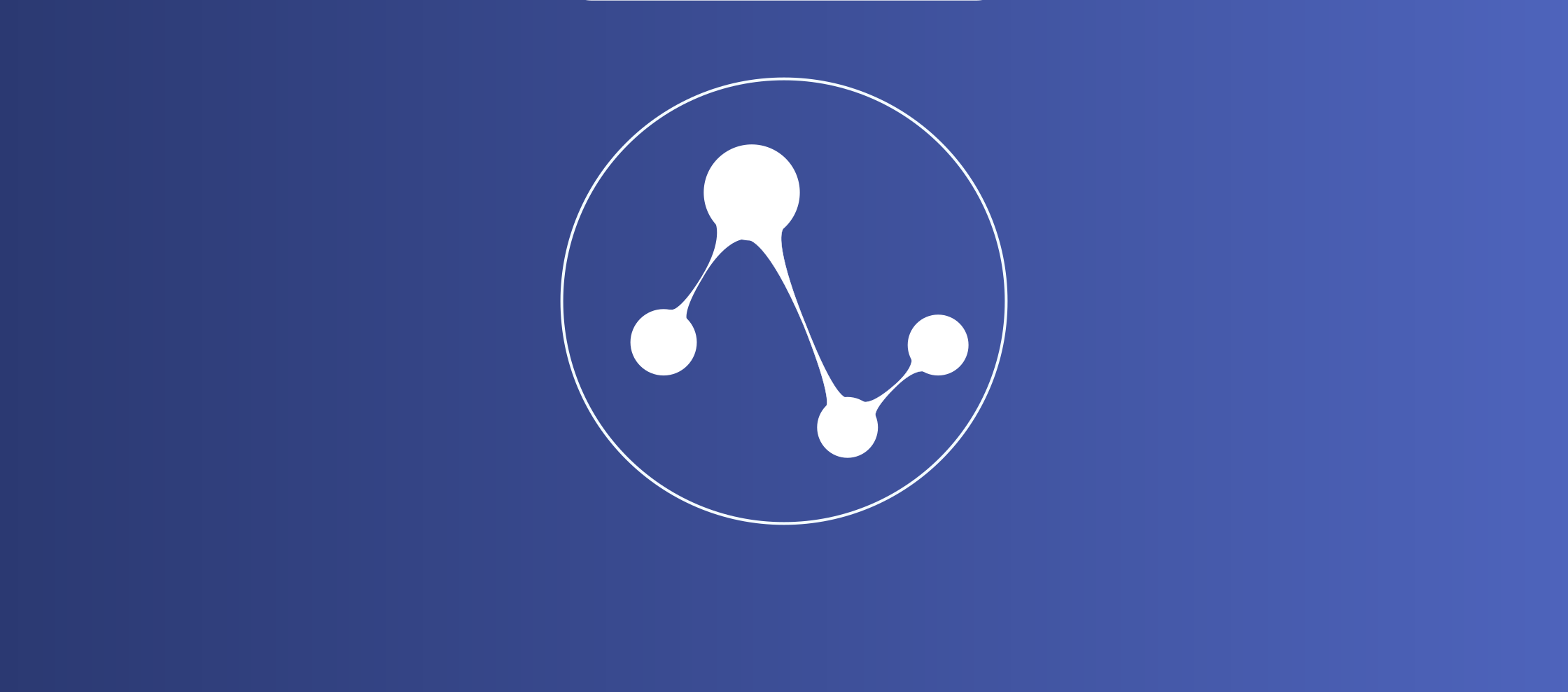ROI of AI Implementations: Making Success Measurable
How can the economic value of AI solutions be concretely quantified?
ROI of AI Implementations: Making Success Measurable
This article presents practical approaches to ROI measurement in AI projects and introduces a structured framework for success evaluation.
The Challenge of ROI Measurement in AI Projects
AI projects fundamentally differ from traditional IT investments. While conventional digitalization projects often deliver measurable direct cost savings or efficiency gains, AI implementations frequently generate indirect value creation:
- Qualitative improvements such as higher customer satisfaction or better decision-making foundations
- Long-term competitive advantages instead of short-term gains
- New business opportunities that were not foreseeable at project inception
Additionally, there's the challenge of attribution: Which portion of success is actually attributable to the AI solution, and which to other factors? This attribution problem makes traditional ROI calculation difficult, but not impossible.
The Evoya Approach to ROI Assessment
-
- Business Goal Analysis: We begin with a detailed analysis of our clients' business objectives. What should be concretely achieved through AI deployment? Is it about efficiency improvement, cost reduction, revenue growth, or quality enhancement?
- Process Mapping: In workshops with the client's subject matter experts, we map relevant business processes and identify bottlenecks, inefficiencies, and optimization potential.
- Baseline Assessment: We measure the current state using relevant KPIs to create a solid comparison basis.
- Potential Estimation: Based on our experience and industry knowledge, we estimate the improvement potential through AI deployment.
- ROI Modeling: We develop a client-specific ROI model that considers both direct and indirect effects and simulates various scenarios.
-
Key KPIs for Measuring AI ROI
Depending on the use case, we recommend different metrics:
Efficiency Improvement
- Time savings per process (in hours)
- Reduction of manual interventions (in %)
- Process cycle time reduction (in days)
Quality Enhancement
- Error reduction (in %)
- Customer satisfaction (NPS score)
- Employee satisfaction
Business Growth
- Revenue increase through new AI-powered products
- Conversion rate improvement
- Customer retention rate
Our ROI Measurement Framework in Practice
In practice, we combine these metrics into a holistic evaluation framework:
- Direct cost savings: Automation of repetitive tasks, reduction of error costs
- Productivity gains: Faster processes, better decisions
- Strategic value: Long-term competitive advantages, innovation capability
- Risk mitigation: Improved compliance, reduction of operational risks
Particularly important is considering the time factor: While some benefits are immediately visible, others unfold their full potential only over longer periods.
Example: ROI Calculation for an AI Customer Support Project
Here's a concrete example of what an ROI calculation for an AI project in customer support could look like:
| Category | Before AI Implementation | After AI Implementation | Difference |
|---|---|---|---|
| Costs | |||
| Personnel costs support (annually) | 500,000 CHF (5 employees) | 300,000 CHF (3 employees) | -200,000 CHF |
| AI license costs (annually) | 0 CHF | 50,000 CHF | +50,000 CHF |
| Implementation costs (one-time) | 0 CHF | 100,000 CHF | +100,000 CHF |
| Efficiency | |||
| Average processing time per inquiry | 15 minutes | 5 minutes | -10 minutes (67%) |
| Number of inquiries processed per day | 320 | 480 | +160 (50%) |
| Quality | |||
| Customer satisfaction (NPS) | 35 | 48 | +13 points |
| Error rate | 8% | 3% | -5% |
| ROI Calculation (1st Year) | |||
| Annual savings | 200,000 CHF | ||
| Annual additional costs | 50,000 CHF | ||
| One-time investment | 100,000 CHF | ||
| Net savings (1st year) | 50,000 CHF | ||
| ROI (1st Year) | 33% | ||
| ROI (3 Years) | 250% |
This calculation only considers direct financial impacts. The qualitative improvements such as higher customer satisfaction and lower error rates lead to additional positive long-term effects like higher customer retention and revenue increases, which further improve the ROI.
Hypothetical Example: AI in Knowledge Management
Let's imagine a company implementing an AI solution for internal knowledge management:
- Initial situation: Employees spend an average of 5 hours per week searching for information
- After AI implementation: Reduction to 2 hours per week through intelligent search and automatic document classification
- Direct savings: With 100 employees and an hourly rate of 80 CHF, this results in annual savings of 780,000 CHF
- Indirect benefits: Better decisions through more comprehensive information basis, higher employee satisfaction
Recommendations for Companies
1. Define clear objectives: What should the AI solution specifically improve?
2. Measure the current state: Only with a clear baseline can you demonstrate improvements
3. Think holistically: Also consider indirect and qualitative benefits
4. Embrace agility: Regularly review and adjust your AI strategy
5. Plan long-term: The full benefits of AI implementations often only become apparent over time
At Evoya AI, we support companies not only in implementing tailored AI solutions but also in developing appropriate ROI measurement concepts. Because only what is measurable can be systematically improved.





